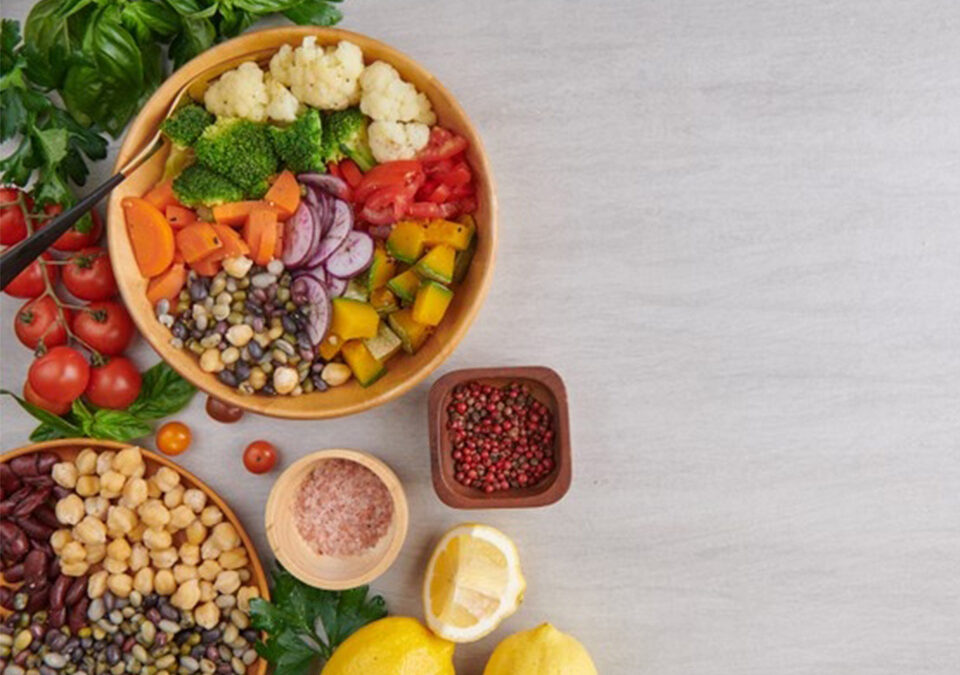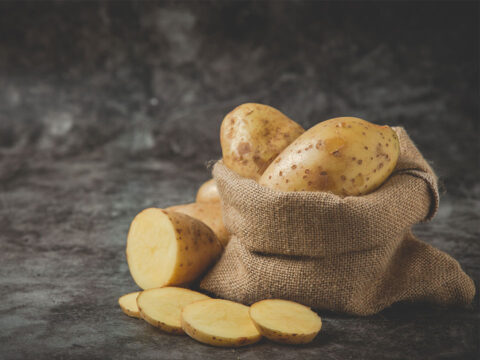
What Indian Parents Need To Know About Juvenile Diabetes
September 21, 2021
Understanding The Glycemic Index To Make Better Food Choices
December 7, 2021For several years in a row, the DASH diet has been voted as the world’s healthiest diet by health care experts, including dietitians and food scientists from across the world. But is the diet really healthy and is it a good diet for diabetes patients? Let’s find out what the diet is all about and if it’s as good as it seems.
What Is The DASH Diet?
The DASH in DASH diet stands for Dietary Approaches to Stop Hypertension as the diet was specifically designed to manage hypertension or high blood pressure. Not unlike the healthy Mediterranean Diet, the DASH Diet plan emphasizes an intake of whole foods, especially fresh fruits and vegetables, as well as whole grains, while including a moderate amount of lean protein and healthy fats from fish and poultry, as well as nuts, seeds, beans, and vegetable oils. The main objective is to limit intake of sodium, saturated fat and added sugars. By restricting intake of processed or refined foods, the DASH diet achieves this goal fairly effectively.
Although high blood pressure is a risk factor for diabetes and vice versa, does the DASH Diet really help diabetes patients?
DASH Diet For Diabetes

Although designed specifically to treat hypertension, the popularity of the DASH diet for diabetes has only grown because of the wide-ranging benefits of DASH diet. When restricting your intake of processed foods in favour of whole foods, you are also increasing your intake of nutritionally dense foods, while lowering calorie intake. Not only does this promote weight loss, which is beneficial for diabetes patients, but it also promotes direct benefits in terms of blood sugar regulation and improved insulin sensitivity.
Keep in mind that the DASH diet is not described or recommended as a diabetes diet, but there is plenty of evidence to show its efficacy in the prevention of diabetes and reduction of diabetes complications. The diet is associated with a diabetes risk reduction of 20%, making it an excellent choice for anyone with prediabetes. When used in combination with exercise and other weight-loss strategies, the diet can be even more effective.
In addition to showing the efficacy of DASH diet meal plans for diabetes, the diet has been shown to improve blood pressure and lipid levels, while also improving fasting blood glucose levels.
Getting Started With The DASH Diet For Diabetes

Before making any radical changes to your diet or eating style, it would be best to consult your doctor and dietitian. The DASH diet recommendations below are simply meant to give you a general idea of what the diet looks like, but it should be personalized for your needs. Assuming that you need 2000 calories per day, the diet would include:
- 4 – 5 servings of vegetables (50 grams per serving)
- 4 – 5 servings of fruits (40 grams per serving)
- 6 – 8 servings of whole grains (30 grams per serving)
- 2 – 3 servings of low-fat dairy (1 cup of milk or 45 grams of cheese per serving)
- No more than 6 servings of lean meats, including poultry and fish (28 grams per serving)
- 2 – 3 servings of fats and oils (5 to 30 grams a serving depending on type of fat or oil)
On a weekly basis, the diet would include:
- 4 – 5 servings of nuts, seeds, and pulses (50 grams per serving of nuts, 16 for seeds, and 40 for cooked pulses)
- 5 servings or less of sweets (12.5 grams of sugar content in a food or beverage would constitute a single serving)
Before You Try It Out
When managing diabetes, remember that your first focus should be on the glycaemic value of foods. These basic recommendations for diabetes diets should also be applied to any meal plan using the DASH diet for diabetes. While you may find plenty of sample menus online, most are not designed to work as a DASH diet for Indian diabetes patients.
The best way to prepare a DASH diet compatible meal plan to manage diabetes would be by working with your doctor and dietitian.




